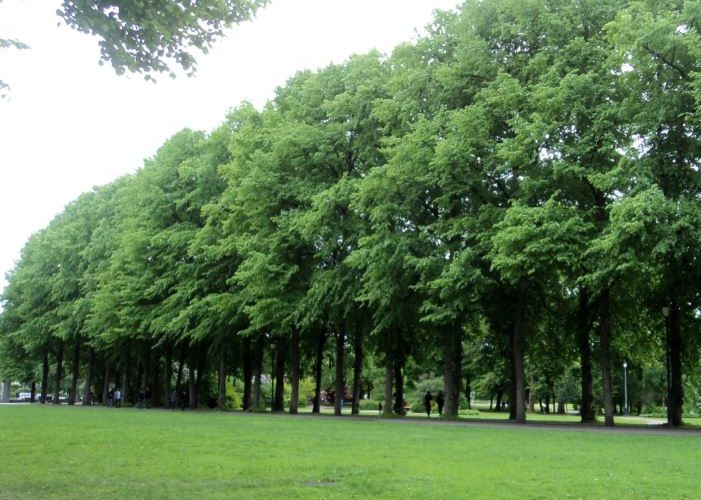A fresh-looking lawn can provide instant street appeal and add to the value of your house. However, over the Autumn and Spring months, your luscious green turf is particularly vulnerable to an irritating lawn grub infestation. Thanks to the guys over at treeloppingipswich.com.au, here’s some tips on how to spot (and treat) lawn grubs and revive a backyard that has fallen victim to this prolific Aussie pest.
HOW TO IDENTIFY LAWN GRUBS
– Have you noticed little white/grey/brown moths fluttering around your lawn at night?
– Are magpies and other birds pecking at your lawn during the day?
– Have you noticed your grass has become spongy and/or brown in wide patches?
If you answered yes to all three questions, you might be dealing with an infestation of lawn grub.
To the untrained eye, moths and magpies are simply part of the Aussie landscape and may not cause alarm. But for those who have dealt with the devastating impact of lawn grub on freshly-laid turf, they can be one of the first signs of something much more sinister at play.
Lawn grub infestations usually happen within communities or streets simultaneously. If you think you might have an infestation, it’s a good idea to jump onto your local community Facebook page to see if others are battling the dreaded grub.
Generally, lawn grub will target the healthiest grass on the street. So don’t be surprised if that lovely Sir Walter or that lush Blue Cooch you just laid has become a prime target for moths on the prowl for a place to lay their eggs. Thankfully, it’s relatively easy to treat…
HOW TO TREAT LAWN GRUBS
The best way to rid yourself of a nasty lawn grub infestation is through the use of targeted pesticides available at your local gardening/hardware store. In order to eradicate the pest, you’re going to need to ensure you strictly follow the application instructions.
Here are some tips to help you banish the bug…
– Lawn grub larvae and moths are nocturnal. This means that the best time for you to apply the pesticide is early evening.
– Ensure you cover the whole lawn thoroughly with the chemical and deeply water the product in.
– Due to the life cycle of lawn grub, you’ll need to repeat this process again in two weeks’ time. The second application will kill any remaining moths or beetles missed in the first round of treatment and should effectively interrupt the lifecycle of the pest.
HOW TO REVIVE YOUR PATCHY LAWN
After you have successfully killed off lawn grubs from your once-lush turf, you should find that with fertilisation and some deep watering, your lawn returns to its former glory within a matter of weeks. Some buffalo species—such as Sir Walter—recover relatively quickly. Others may need more of a helping hand to bounce back. For that reason, it is recommended that you fertilise your lawn with an appropriate product to give it a boost.
Unfortunately, if your lawn isn’t responding to fertilisation and watering, and has completely died in spots, reseeding or re-laying patches of turf may be your only option for recovery.

